1. Wheel Adaptor
Real: The head of adaptor does not need to closely contact with the rim as long as the adaptor is not loose and does not fall off.
Fake: The adaptors have to closely contact with the rims, otherwise the measurement accuracy will be affected.
Analysis: Fake 3D wheel alignment cannot make eccentricity compensation. Its accuracy is decided by physical accuracy of targets and wheel clamps, and relative setting between studs and rims, either of whose deformation will lead to measuring deviation.
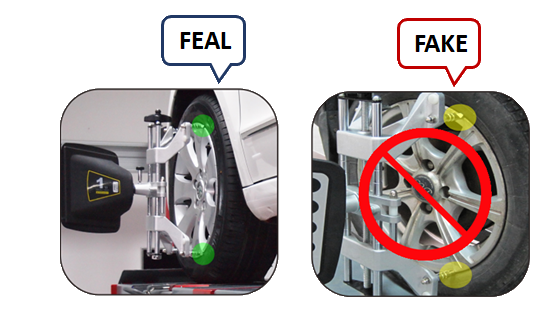
2. Rolling Compensation
Real: Rolling compensation is a must.
Fake: Static measurement or fake rolling compensation.
Analysis: Static measurement or fake rolling compensation cannot compensate the data of deformed of steer ring, wheel clamp and target axis.
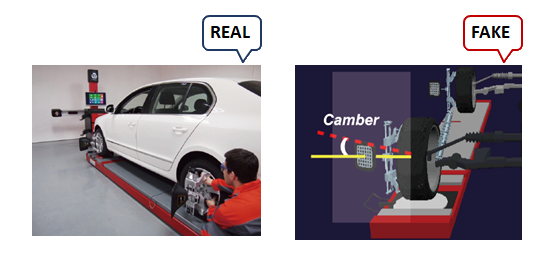
3. Cross Beam
Real: No need for level camera beam.
Fake: The installation of the camera beam depends on the horizontal bubble ruler and level camera beam is a must.
Analysis: Real 3D wheel alignment no need the camera beam in balance, while fake 3D wheel alignment needs horizontal camera beam just like CCD wheel alignment,thus influence caused by lift height deviation for fake 3D cannot be avoided.
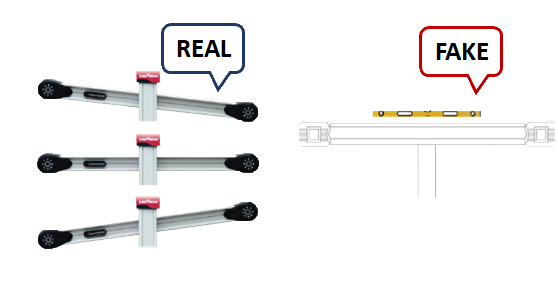
4. Lift Platform
Real: Horizontal lift runways cast little influence on accuracy. Hence even 20-50mm horizontal difference is acceptable.
Fake: The two runways have to be on the same horizontal line, otherwise they will severly affect camber measurement.
Analysis: Fake 3D wheel alignment adopts traditional CCD measurement models, so the absolute horizontal level is needed as zero position for reference.
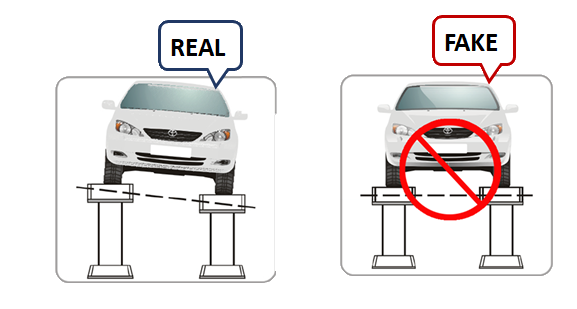
5. Camera Replacement
Real: Once the camera is damaged, replacing the broken one and performing on-site calibration will solve the problem.
Fake: Once a camera is broken, the whole camera beam is required to be sent back to the factory for replacement and calibration.
Analysis: Fake 3D needs platform like CCD to make calibration, which normal users usually lack.
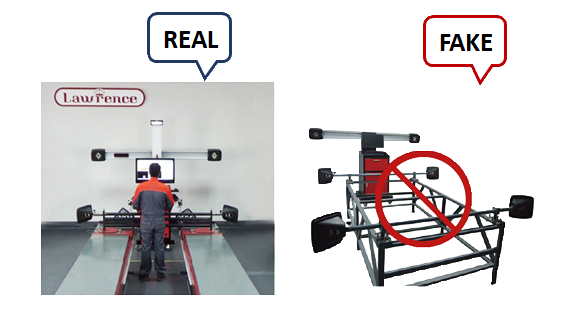



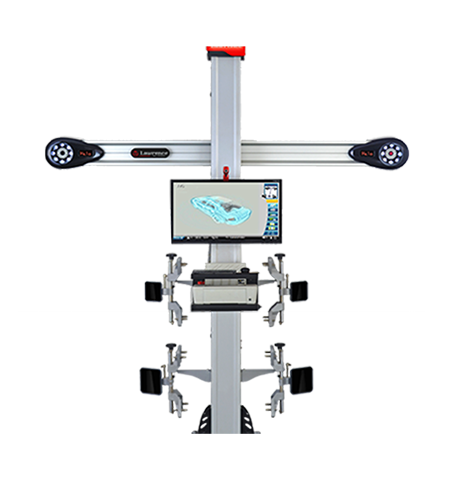
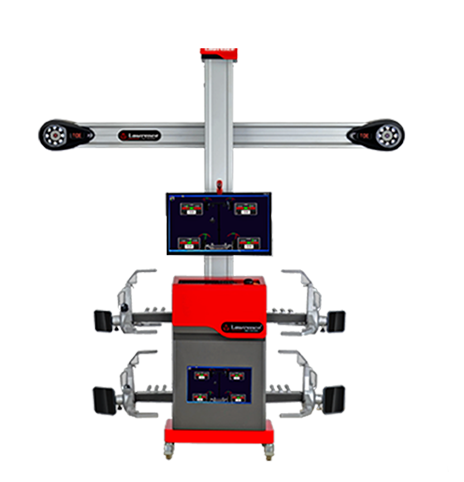
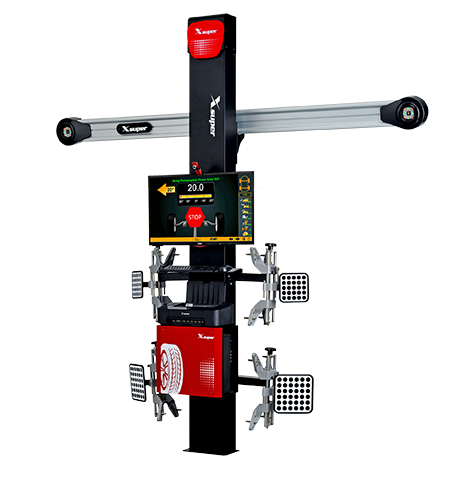

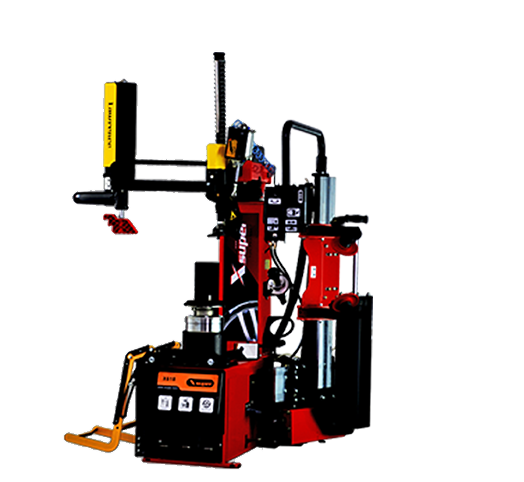
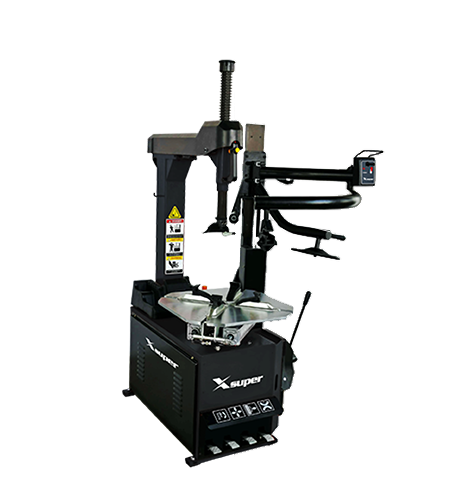

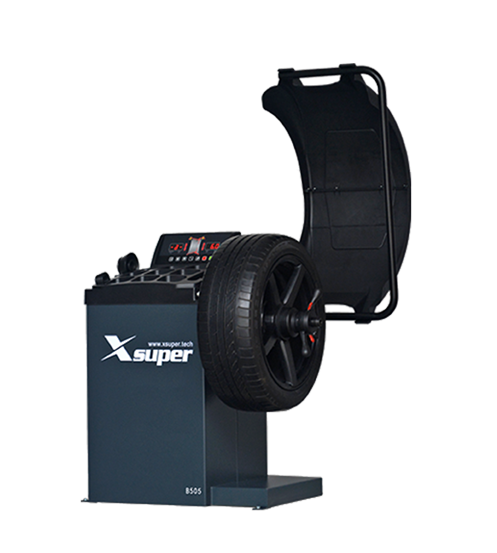
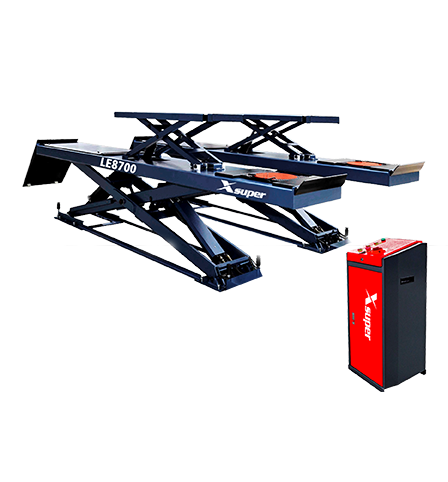
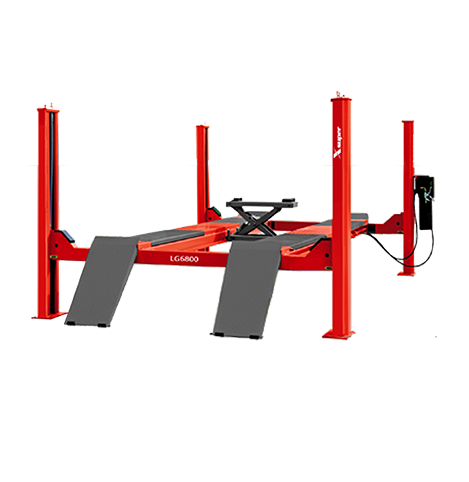
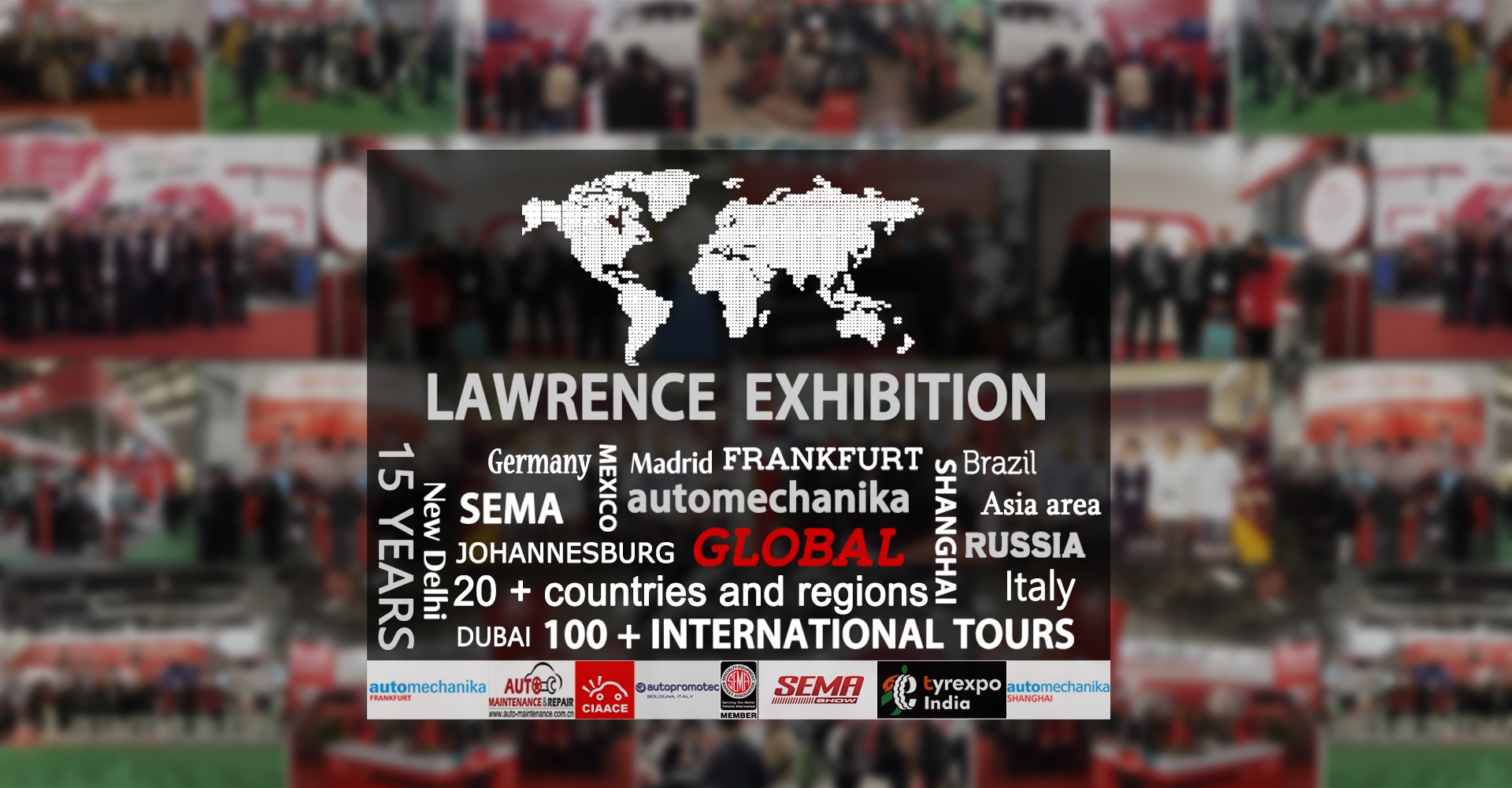


 +17755020058
+17755020058 info@lawren3d.com
info@lawren3d.com